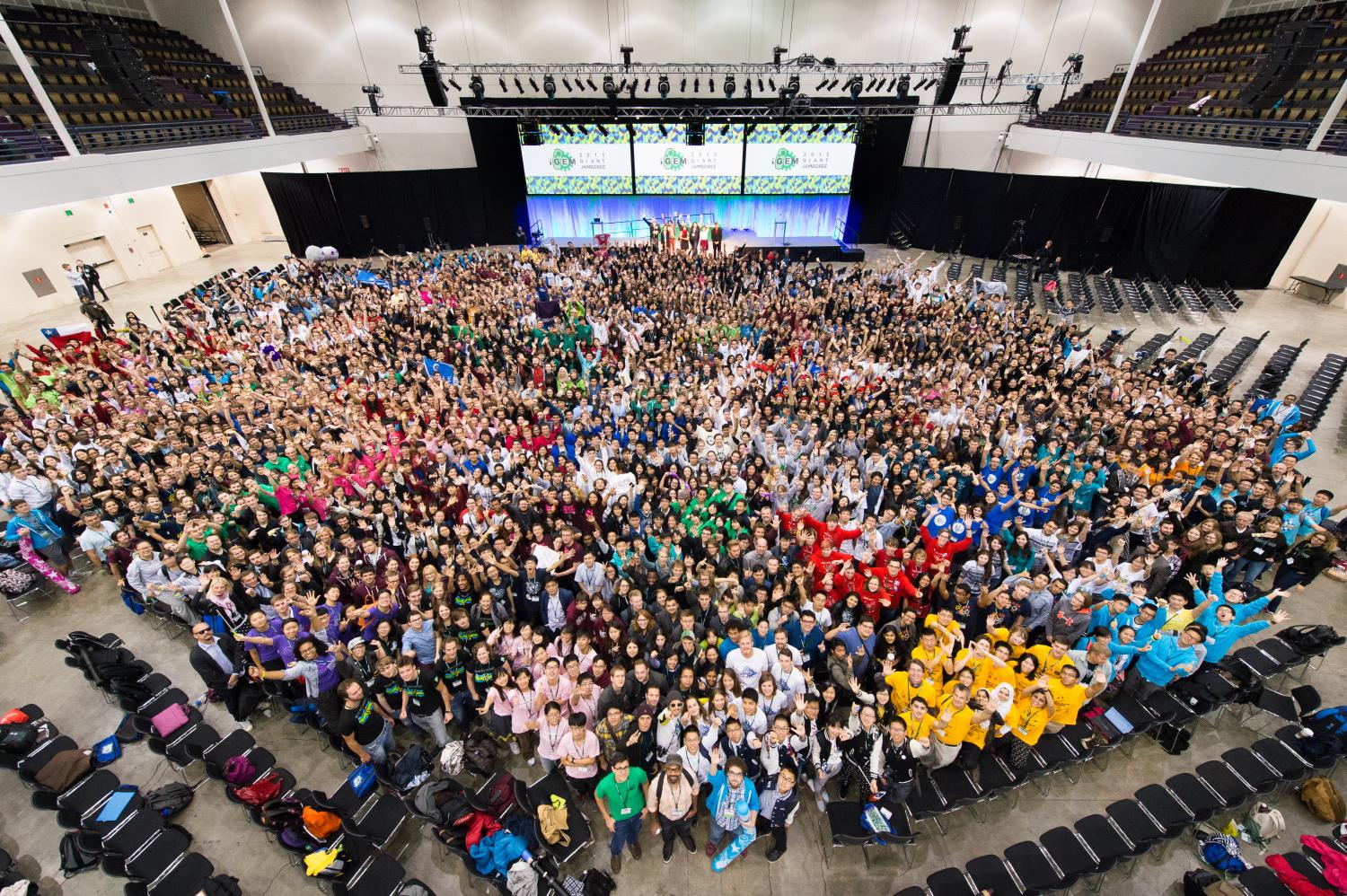CU Competes in International Genetically Engineered Machine Competition

The International Genetically Engineered Machine competition, or iGEM, is an annual synthetic biology competition that pits teams from schools from all over the world against each other with the goal of winning one of many possible awards. CU Boulder has been a participant for the last couple years, 2015 being no different.
Our research project last year was the development of an E. coli based biosensor that could be used to detect naphthalene, a common additive to fracking fluid which is also harmful to people’s health. We had a small team that managed to achieve a lot, and learn a massive amount in the research process.
In September the team members landed in Boston late the night before the opening ceremony of the 2015 iGEM Giant Jamboree. We had to give our presentation the next day, but luckily we weren’t scheduled to do so at 9:00 a.m., meaning we didn’t have to give up our much-desired sleep time on finishing our presentation.
After waking up early the next morning to go to the opening ceremony we hurried back to our rooms to start working on the final touches to our presentation, and get in some much needed practice. Despite making changes and not getting to run through the final version of the presentation until less than two hours before we had to present to the judges, our presentation went well and then we were free to watch other presentations and enjoy what else the Jamboree had to offer.
There were many presentations, and as the Jamboree came to a close the judges spent plenty of time deliberating on which teams were the best of the best in each category. The overall winner of the competition was a surprising one in the team from the College of William and Mary. Their project was the development of a new parameter, “noise” that could be used in the characterization of the biological parts used by every team who participates in iGEM.
In the end, we were awarded a silver medal for our efforts, and some of our members were actually mentioned in a paper that was published using data collected for the iGEM interlab study.
CU is fielding an iGEM team again this summer, this time our project is focusing on integrating photosensitive non-canonical amino acids into Bacterial Microcompartments (BMCs) so that they can be broken apart and put back together on command, possibly for use in fields such as drug delivery.

